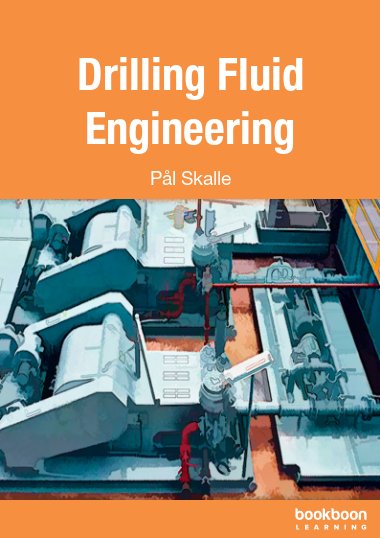This book presents how to apply fluid mechanics on drilling fluid related challenges and explains the related physics involved and the different engineering approaches. Mud has many functions, the single most important one is to remove the cuttings a) away from under the bit and b) transport them from the bottom to the surface. Viscosity of drilling fluids is not a constant parameter; it varies with shear rate. Pipe, rock bit and annular friction pressure loss has high importance for several tasks. Stable wellbore includes many sub tasks like chemical stability and filtration control.

